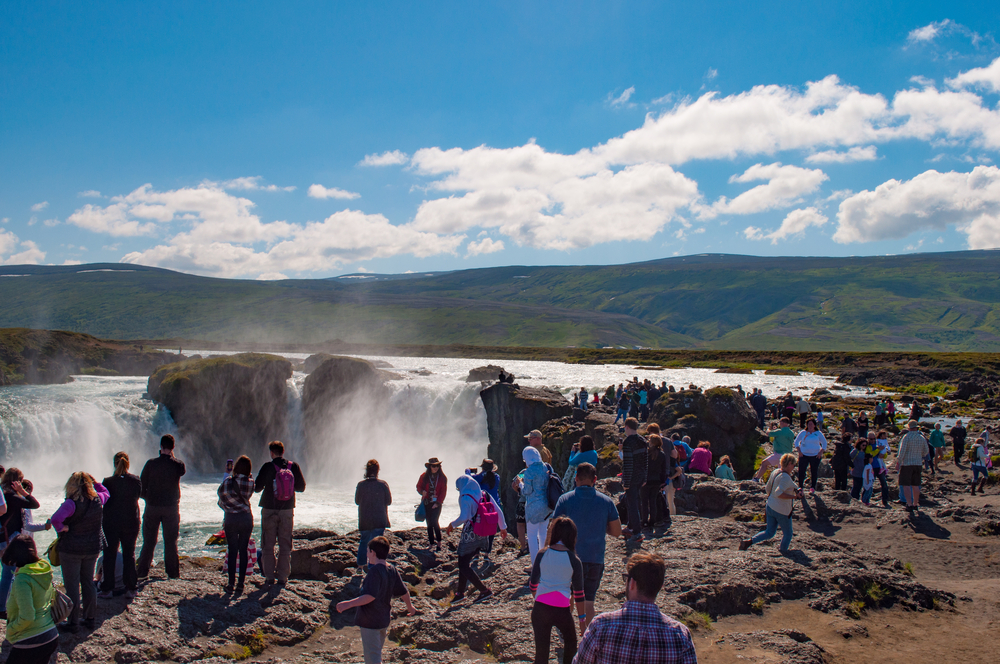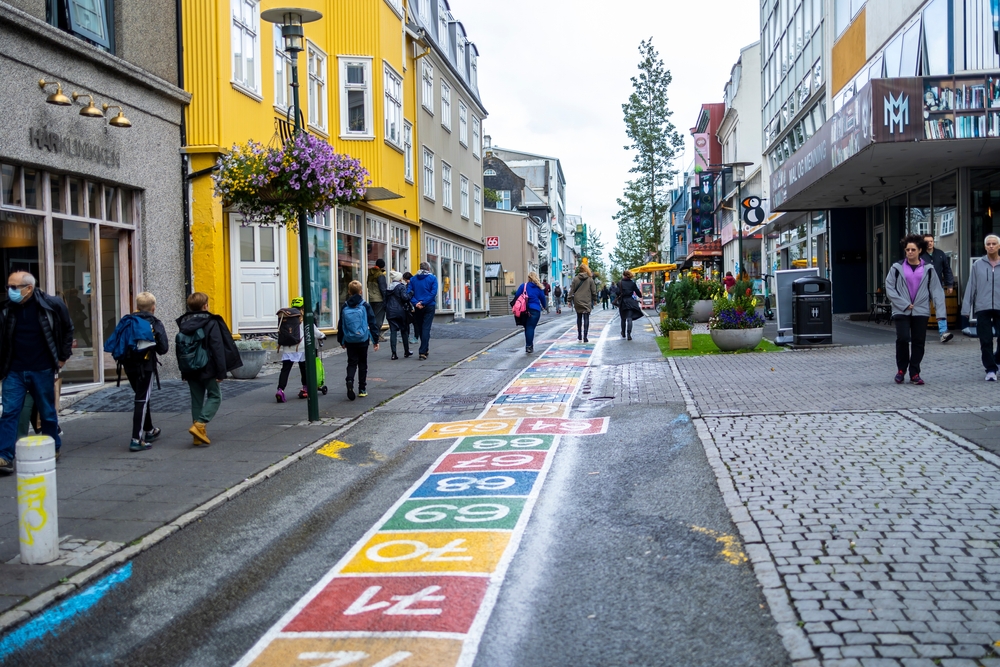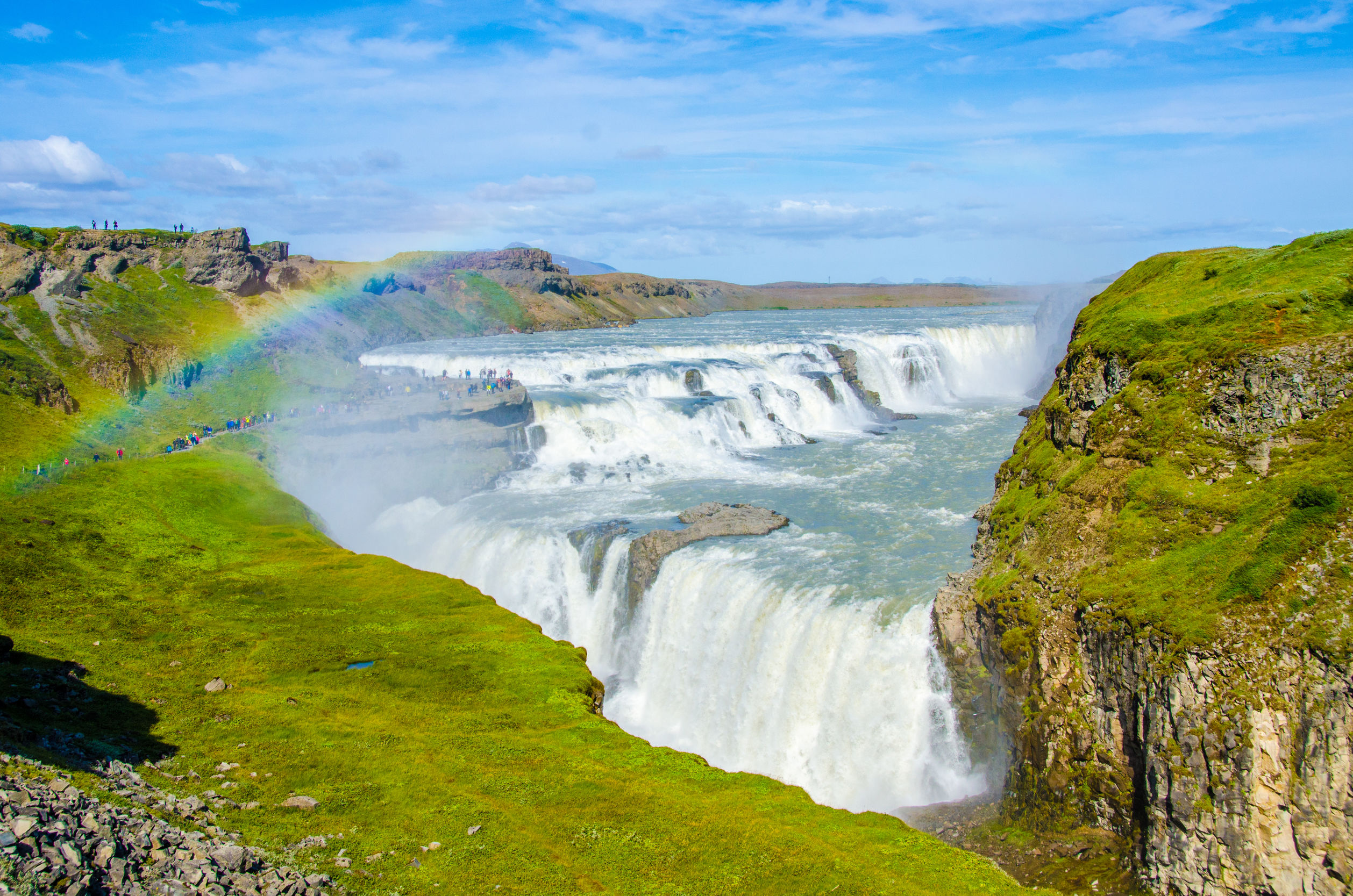Iceland is the most expensive country in Europe. It has overtaken Switzerland to be a costly country both for living and for visiting. Houses in Iceland are the most expensive.
But even daily activities such as going to a restaurant can cost a lot here.
Widely seen as a remote island, Iceland wasn’t a travel destination just a decade ago. But since it opened its doors to multiple international flights, it has been visited by a rising number of tourists.

Iceland gets millions of tourists per year, considerably more than its 300.000 population.
The country was expensive even before the tourist boom on the island. It’s simply too remote, too small and it has bad weather for it to produce goods at affordable price.
Table of Contents
Why is Iceland so expensive?
There are just a few farms in Iceland. This means all goods have to be imported by airplane or by sea. This is costly and it is seen in the final costs of the products in supermarkets.
You might be shocked to pay 10 euros for a cup of coffee, but this is not unusual in Iceland. Most restaurants in the country’s capital city also serve daily meals that cost around $100.
This makes it the most expensive country in Europe both for locals and tourists.
We often see the country as an idyllic place to live. In a way, this is true. But the cost of services here is also high. Internet is expensive.
Gym memberships, commuting costs, clothing, and other types of shopping also prove too high here when compared to most other countries around the world.
Locals have managed to live well here, however. They are known as some of the most resourceful people in the world. Literacy levels in Iceland are among the highest in the world.
The country has a large number of writers and most people here love to read. These activities cost nothing. Outdoor and sports activities are also popular.
Icelanders dominate the CrossFit world for years. The country also produced a surprise football national team by heavily investing in the sport around the country.
Tourism can now be considered one of the biggest economic pillars in Iceland. But you need to budget properly if you want to visit as a lot of money can’t go too far here.

The good news, however, is that much of the country’s highest prices are seen in its capital of Reykjavik. Once you step out of the capital, prices drop considerably.
You can even travel around the country on the famous Ring Road quite cheaply.
What about Switzerland?

Switzerland is considered the most expensive country in mainland Europe. Similarly expensive to Iceland, Switzerland has its reasons for its high cost of living. It’s not a remote country like Iceland as it sits right in the heart of Europe.
The Swiss Franc is impressively overvalued. This can be because some of the biggest banks in the world are headquartered in Switzerland.
However, corruption or transparent practices make the country so expensive. There’s a minimum price for basic goods such as bread or eggs.
While people here earn more, they also spend more. Still, over half a million Swiss residents live under the poverty line.
A good example of just how expensive the country comes with its luxury goods production. Swiss watch manufacturers always try to outcompete each other on which makes the most expensive watches.
Sure, they are arguably the best in the world, but many aren’t worth their price.
A distrustful practice that keeps these inflated prices high is seen in the companies themselves that buy back their products at auctions just so a watch is perceived as more expensive than it is.
High levels of corruption have plagued other Swiss-based international organizations such as UEFA and FIFA, known for accepting bribery for fixing certain football tournaments.
Ireland and the United Kingdom cost of living

Other expensive European countries include Ireland and the United Kingdom. These countries use the Euro and the British Pound as their currency, which is valued higher than the US dollar.
But the biggest reason for their high prices is their housing problems. Most homes in these countries are in poor condition.
Given the ever-rising population, house prices are still increasing, even if living standards don’t necessarily get better.
This being said, the value for money in the UK tends to be better than in other countries. Take higher education as an example. Yes, you pay more to study here.
But you also get one of the best higher education systems in the world here. Much of the science and research published today comes from the UK.
Ireland, on the other hand, is known as European tax heaven. Companies such as Facebook have their continental headquarters here.
This is where they pay low taxes and where many IT giants prefer to lead their continental business from. Of course, their presence in the country also raises rent costs and daily shopping cart expenses.

The UK is also leaving the EU. It’s expected for prices to go up here once it leaves the European common market. This is because it still currently has free trade deals with Europe but these will stop at the beginning of 2021.
Long-distance imported goods
Iceland is the most expensive country in Europe and it’s likely to remain this way. Its high cost of living is mostly impacted by the long-distance imported goods have to travel to reach this remote country.
On the other hand, there are a few other countries with a similarly high cost of living such as Switzerland. But here, this high cost is sometimes maintained artificially through transparent corporate practices.
The disparities between these 2 countries have been best seen in the latest financial crisis.
Iceland was the first country to get over the financial crisis by holding banks responsible for poor financial decisions which negatively impact the population and their customers.
Switzerland has failed to hold banks accountable at the same level.

















